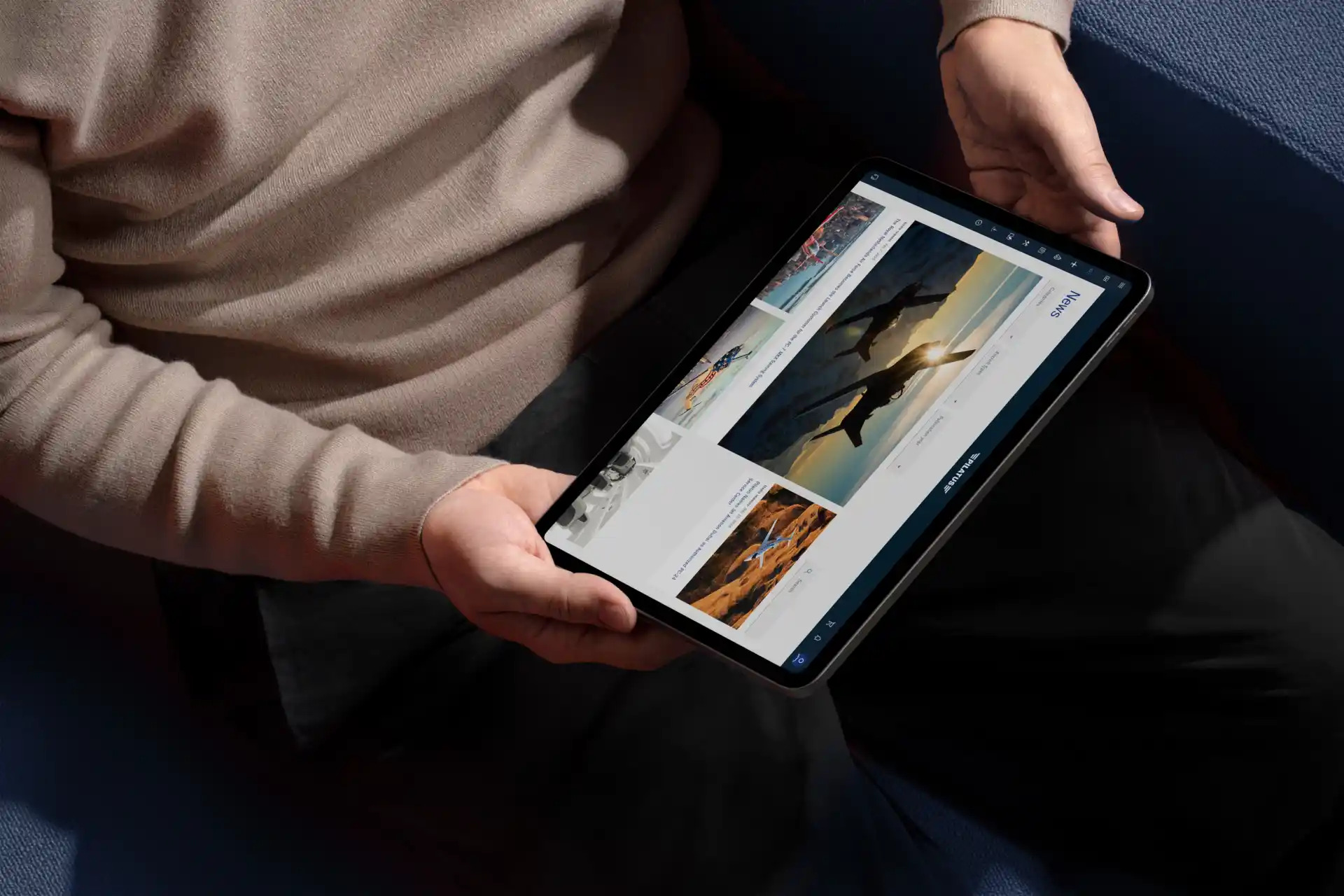The first medevac-equipped PC-24 was handed over to our loyal customer of many years, The Royal Flying Doctor Service of Australia (RFDS Western Operations) in November 2018. It landed on Australian soil for the first time on 2 December, in Broome.
Configured especially for patient transport, this PC-24 was developed in close consultation with the RFDS to fully meet the latter’s needs. Handed over in November 2018, it will go into service with the Western Australia section from the base in Broome. A second PC-24 will be based in Perth-Jandakot. 2019 will also see the first PC-24 go into service with the fleet operated by the Central Australian section in Adelaide.
Stans – Broome in five days
After an evaluation period of several years followed by production operations, the first medevac-configured PC-24 was handed over to the RFDS Western Operations in Stans on 26 November 2018. “The Royal Flying Doctor Service Western Operations is proud to put the very first Rio Tinto Lifeflight PC-24 into operation in Australia”, said Rebecca Tomkinson, commenting on the event.
The PC-24 with serial number 105 took off for the flight to Australia on 27 November and landed at Broome International Airport in Northwestern Australia five days later, on 2 December. It was greeted by a crowd of excited onlookers, two fire trucks spraying welcome water jets, TV teams and the RFDS employees, of course.
Limited infrastructure and long distances
The PC-24 is ideal for use on the Australian continent. The RFDS crews operate right across Australia and are often called to isolated locations in the outback. Missions such as these necessitate rapid means of transport and the ability to land on narrow unpaved strips in the middle of nowhere, or possibly a road somewhere.
The PC-24 is designed to meet precisely those needs. With a top speed of 440 KTAS (815 km/h), it can be on the spot fast. It has a maximum range of over 2,000 miles (3,700 kilometres), taking it half-way across the continent without refuelling – flights of over 1,300 miles (2,200 kilometres) are no rarity in Australia. In addition, the ability to land and take off using short dirt tracks is vital in getting the flying doctors to their distant destinations and patients. The PC-24 will be used in parallel to the PC-12, and in particular for transporting patients across long distances.
Emergency missions, medical visits and patient transport
The RFDS performs missions which no overland vehicle could hope to complete. The crews also transfer patients and deliver medical supplies as required. In another role, the RFDS tours the country to provide primary health care services to those living in rural and remote areas. Tomkinson explains: “The PC-24’s innovative ambulance interior is the first of its kind worldwide, and is a decisive factor for patient transport missions in particular. It delivers a substantial improvement in the health care services we can bring to residents in the remotest parts of Australia.” The PC-24 provides the flying doctors with unrivalled flexibility of direct benefit to patients across Australia. Incidentally, it also helps to further enhance the excellent image already enjoyed by the “Royal Flying Doctors”.
The Royal Flying Doctor Service of Australia
The Aerial Medical Service was founded in 1928 by the Reverend John Flynn, a missionary. He set out to remedy the unacceptable circumstances he found in rural Australia: only two doctors for the entire outback and its 0.8 million square miles (two million square kilometres). He hit on the idea of using aircraft to bridge the huge distances between the bush hospitals he had opened across the entire continent since 1912. The organisation was renamed the Australian Aerial Medical Service in 1934. In 1942 it became the “Flying Doctor Service”, with the “Royal” being added from 1955. The service was soon able to count on growing financial support from official sources, e.g. from The Commonwealth under Queen Elisabeth II.
The RFDS currently serves virtually all the sparsely populated parts of Australia across an area of approximately 2.75 million square miles (7.15 million square kilometres). It runs a fleet of 71 aircraft operating from 23 bases with a total workforce of 1,000 employees throughout Australia. The distances covered by the RFDS fleet would take it around the world once every two days. The most recent statistics show that over a 12-month period, 71 aircraft transported a total of 38,000 patients, involving a good 73,000 landings and 16 million miles (26 million kilometres) – the equivalent of 34 flights to the moon and back!

